Lady_diamond
Rough_Rock
- Joined
- Oct 12, 2014
- Messages
- 21
I finally managed to get an idealoscope and ASET scope.
It was difficult taking photos of a mounted diamond.
What do you think of the images?
I think I can see light leakage on one side of the diamond between two arrow heads.
Do you think this diamond is a keeper?
Macroscopically its sparkly and firey.
Specifications:
F VVS2 1.58ct
Crown angle 34
Pavillion angle 40.8
Table 56%
Medium facet 3.5%
50% ?star facet
80% lower girdle facet length
Cutlet - none
15% crown depth
Total depth 61.6%
your views will be appreciated!
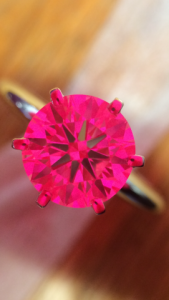
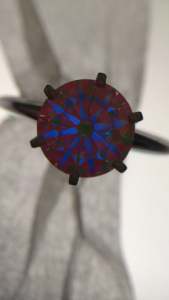
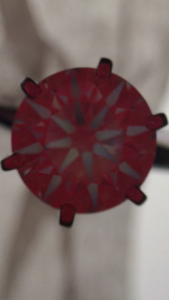
It was difficult taking photos of a mounted diamond.
What do you think of the images?
I think I can see light leakage on one side of the diamond between two arrow heads.
Do you think this diamond is a keeper?
Macroscopically its sparkly and firey.
Specifications:
F VVS2 1.58ct
Crown angle 34
Pavillion angle 40.8
Table 56%
Medium facet 3.5%
50% ?star facet
80% lower girdle facet length
Cutlet - none
15% crown depth
Total depth 61.6%
your views will be appreciated!








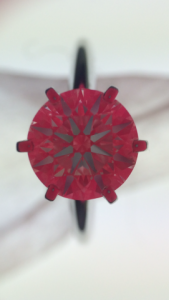
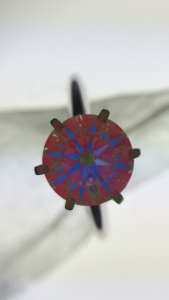


300x240.png)